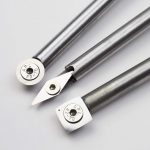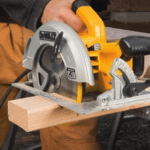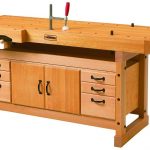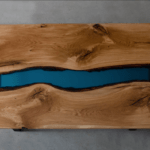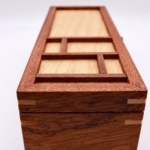I love my Suizan 9 1/2 inch Ryoba saw, but it can sometimes be hard to stop a Ryoba saw from wandering. The thin, flexible blade is excellent for cutting fast and flush-trimming but can be tricky for getting straight, square cuts in thicker or longer wood.
While trying to complete my DIY workbench recently, I had to trim the end of two pieces of 2×4 laminated legs. It was essential to get it as flush and square as possible, so I had to research quite a bit on how to stop a Ryoba saw from wandering.
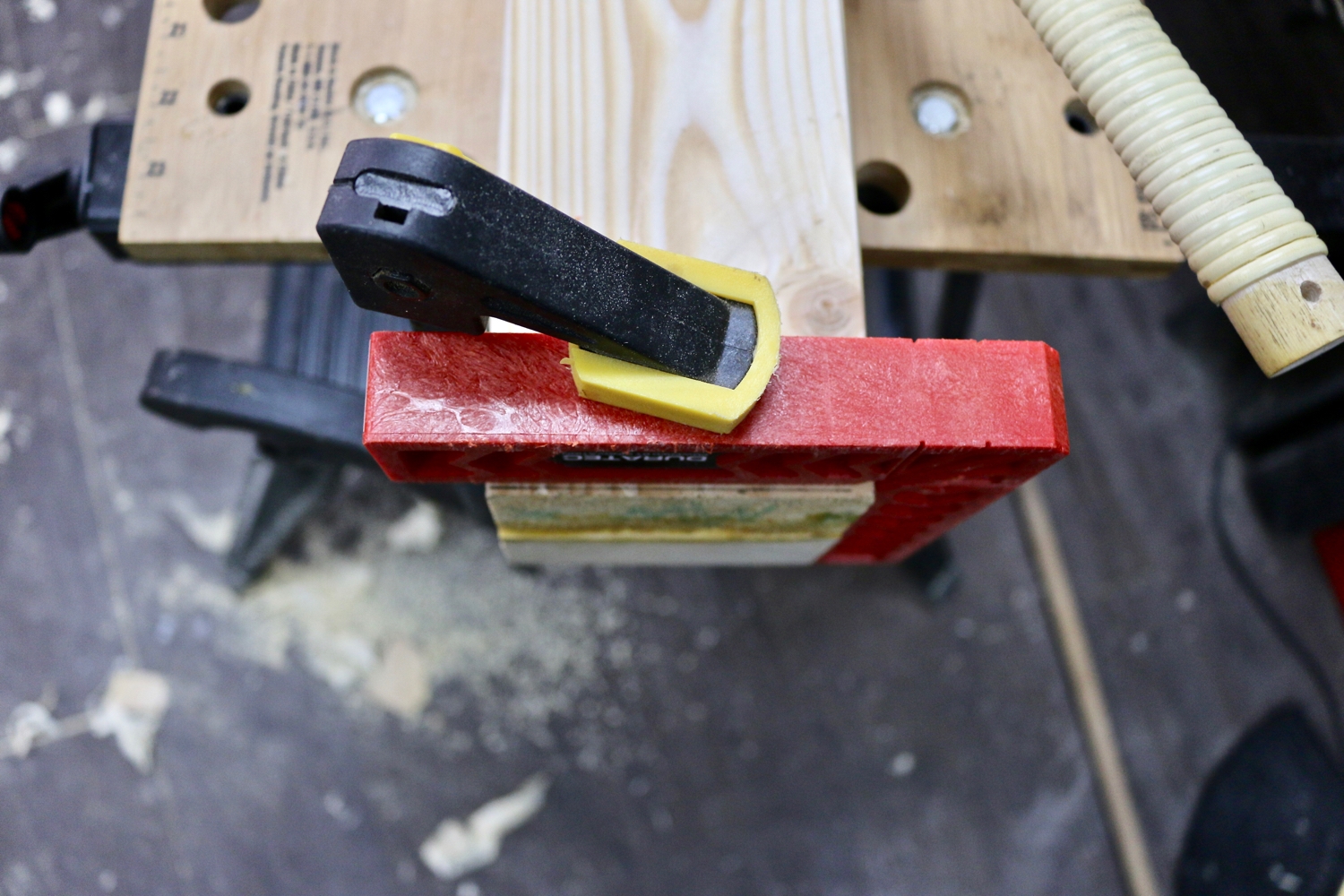
After watching some YouTube videos, I realized the best way to prevent the Ryoba saw from wandering it is to guide the Ryoba’s thin blade using a piece of scrap, or in my case, a 6-inch plastic clamping square I purchased from Amazon.
The clamping square is bound to get saw marks on it, but that would not make it useless. Its purpose is to clamp two boards perpendicular to each other before drilling a hole, and it will still do that with saw marks on the sides.
Using a clamp, I positioned the clamping square in the right position for the cut.
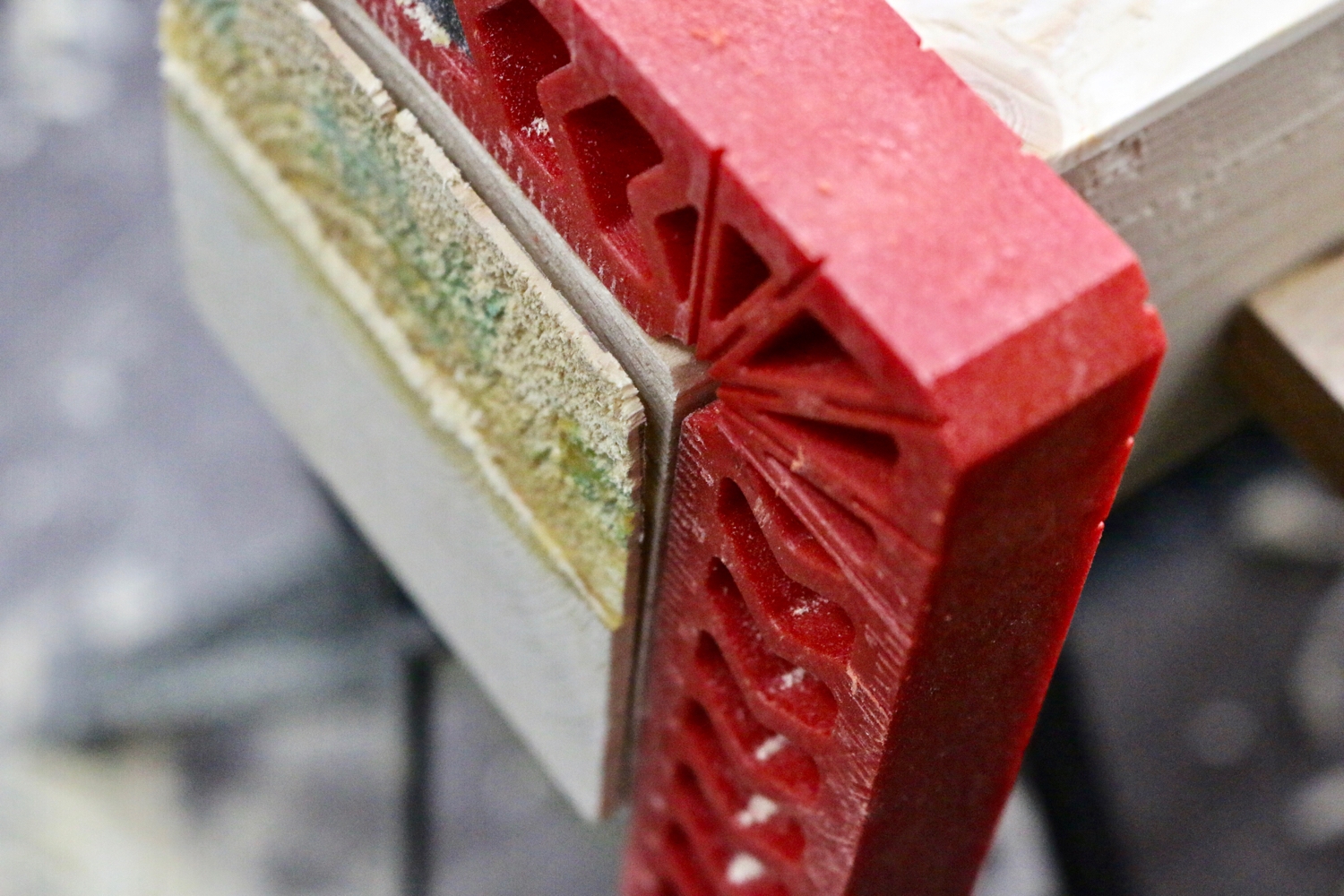
Then, I cut one side at a 45-degree angle, making sure the blade of my saw was parallel to the clamp’s side. I stopped when the edge made it halfway through the leg. Then, I flipped the leg over and cut the other corner until it reached the middle, completing the cut.

I did this on all four legs, and it worked perfectly. Sometimes, the Ryoba saw wandered off a tiny bit towards the middle of the leg, so I used my Stanley black plane to clean up. I also bevelled the sides of the legs with the block plane to prevent tearout.
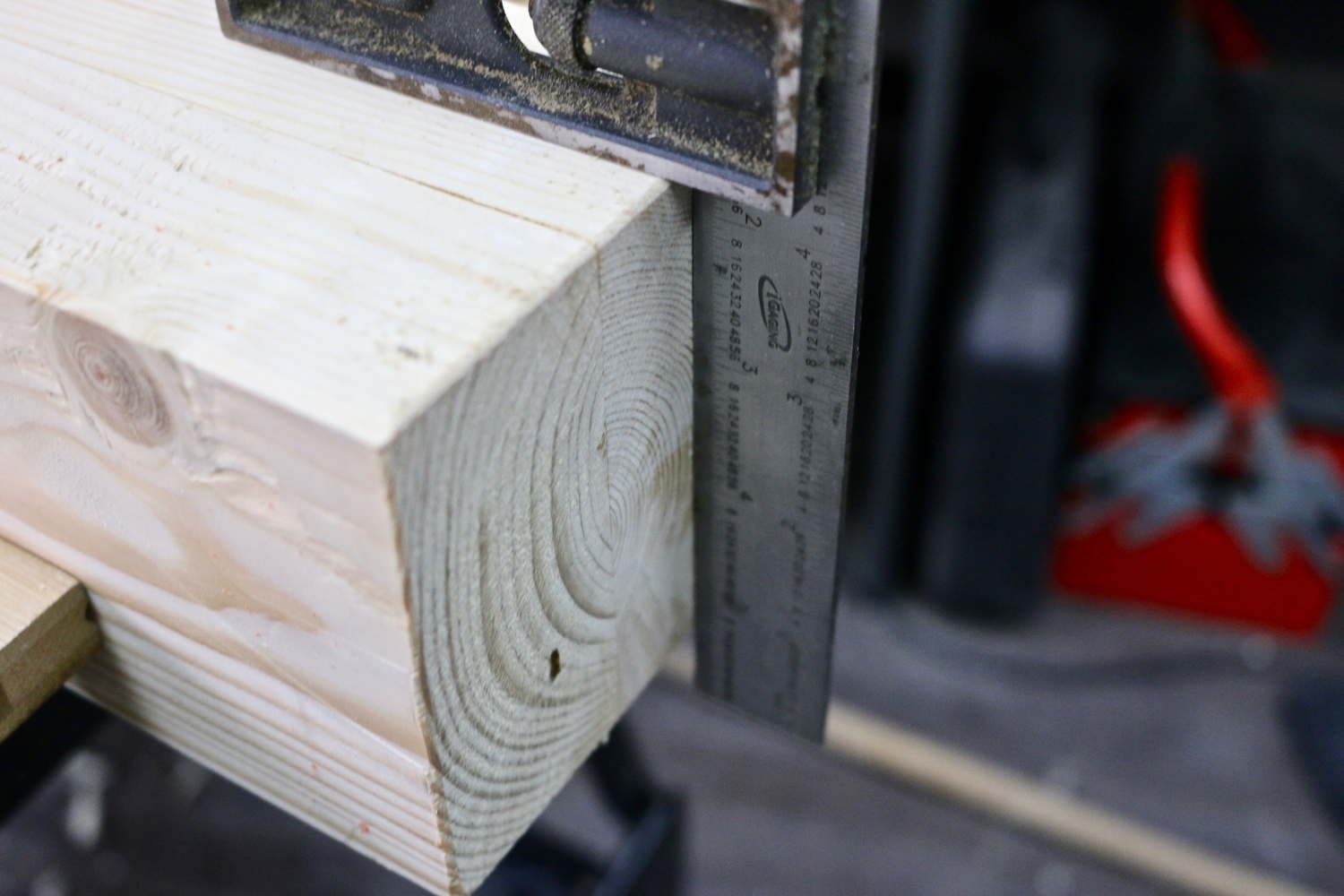
The result, as you can see, is a perfectly square cut. While experimenting with this method, I learned three important things about how to stop a Ryoba saw from wandering:
- Do not apply to much pressure to your pull when using the Ryoba. Light and consistent pressure are the best for making sure the thin blade doesn’t wander. Let the tool do the work.
- The Ryoba’s handle is long. Using two hands allows you to get much better control and more aggressive cuts while making sure the blade does veer off to one side.
- How you position your body and arm is very important. Try to lock your shoulders but relax your grip, moving only your elbows as parallel to the cut line as possible. This video will teach you more about Japanese hand saw techniques.
Overall, I was delighted (again) with the performance of my Ryoba saw. It might need a little help for straight cuts on thick pieces, but so do other types of saws. Try it yourself; use a piece of scrap wood to stop your Ryoba saw from wandering during a cut.




